Video Consultation with a GP


Video Consultation with a GP
In an era where digital solutions are revolutionizing healthcare delivery, video consultations have moved from a “nice‑to‑have” to an essential tool in every GP’s toolkit. Whether you’re a solo practitioner or part of a wider primary‑care network, integrating video technology into your practice can enhance access, streamline workflows, and strengthen the doctor–patient relationship—here’s how.
Why Video Consultations Matter
Accessibility & Convenience
Patients juggling work, childcare or mobility issues find it far easier to “drop in” online than travel into the surgery. This can translate into fewer missed appointments and greater continuity of care.Triage & Clinical Efficiency
Quick visual assessments let you decide—often within minutes—if an issue needs a face‑to‑face review, same‑day blood tests or can be safely managed remotely. That frees up in‑clinic slots for those who truly need them.Continuity During Disruption
Whether it’s snow‑bound roads, public‑transport strikes, or another wave of infection control measures, video keeps your doors “open” even when the bricks‑and‑mortar clinic must close.
Professional GP advice, anytime, anywhere
What Is a Video Consultation?
A video consultation (sometimes called a virtual appointment or telehealth visit) uses a secure online platform so you and your doctor can see and talk with each other in real time — just like a video chat.
Why Choose Video?
Convenience - No traveling to the clinic, parking hassles, or waiting rooms. Perfect if you have a busy schedule, mobility challenges, or caring responsibilities.
Safety - Minimizes contact in crowded settings — ideal during flu season or outbreaks of infectious illness.
Continuity of Care - Stay in touch with a preferred GP even when you’re away from home, on holiday, or self‑isolating.
Common Uses
Video consultations are great for:
Acute non-emergency health needs
Routine follow‑ups (blood‐pressure checks, medication reviews)
Discussing test results
Skin checks (showing rashes, moles, or minor wounds)
Mental‑health check‑ins or counselling sessions
Answering general health questions and triage
Note: If you have a new, severe, or urgent physical problem (e.g. chest pain, heavy bleeding, sudden breathlessness), you may need an in‑person exam or immediate care — your doctor will advise you.
Getting Ready: Technical Tips
Device & Connection
Use a computer, tablet, or smartphone with camera and microphone.
Check your internet connection: a home Wi‑Fi network or reliable mobile data is best.
Environment
Find a quiet, well‑lit space — ideally with natural light facing you.
Sit in front of a plain background if possible.
Privacy & Security
Close other browser windows or apps.
Use headphones if you’re in a shared space to keep your information confidential.
Log‑In
You’ll usually receive a link or instructions by email or text.
Join a few minutes early to test audio/video and ensure everything’s working.
During Your Appointment
Identity & Consent - Your GP will confirm your name and location, and ask if you’re happy to proceed by video.
Your Concerns - Explain your symptoms, questions, or follow‑up items as you would in person.
Visual Aids - Show any skin changes, demonstrate how a joint moves, or point your camera at a monitor or device if you have digital readings (e.g. blood‑pressure cuff).
Screen Sharing - Some platforms let the GP share test results, X‑rays, or diagrams on screen to help explain your care.
After the Call
Next Steps - You might get an e‑prescription sent directly to your pharmacy, a referral letter, or a plan for tests.
Follow‑Up - If needed, schedule an in‑person visit, another video consultation, or a phone call.
Resources - Your GP may share links, leaflets, or trusted websites for further reading and self‑care tips.
Tips for Success
Prepare Notes: Jot down questions or symptoms beforehand so nothing gets missed.
Keep Records: Have a list of current medications, allergies, and any recent measurements (e.g. weight, blood pressure).
Be Open: Share any concerns about using the technology—your practice team can help troubleshoot.
Stay Focused: Treat the appointment as you would an in‑clinic visit: minimize distractions, and give it your full attention.
Video consultations are a safe, efficient, and patient‑friendly way to stay connected with your GP. By preparing your space, technology, and questions in advance, you can make the most of every virtual visit — and keep your healthcare on track without leaving home.


